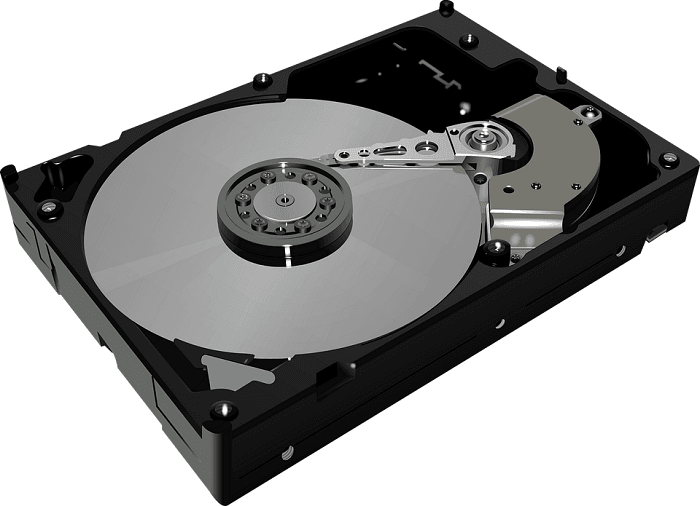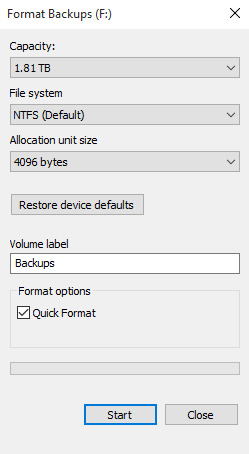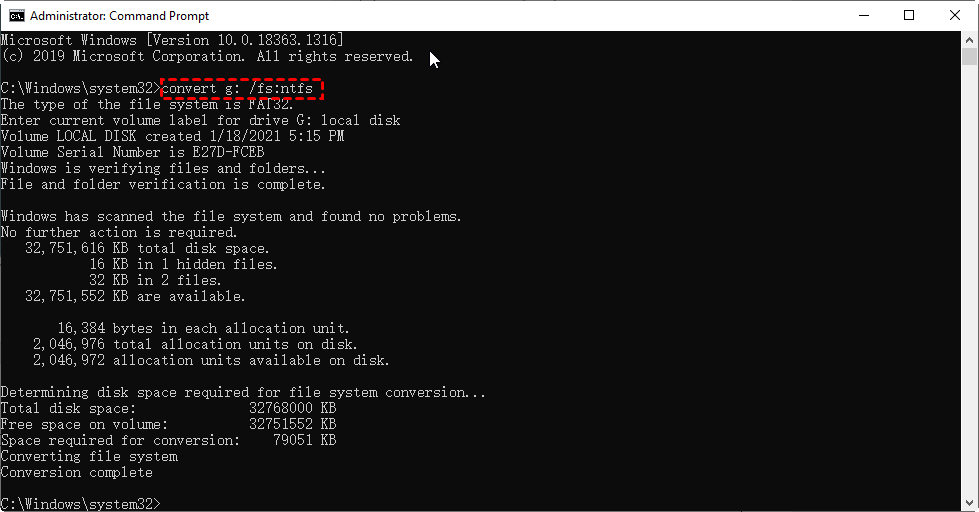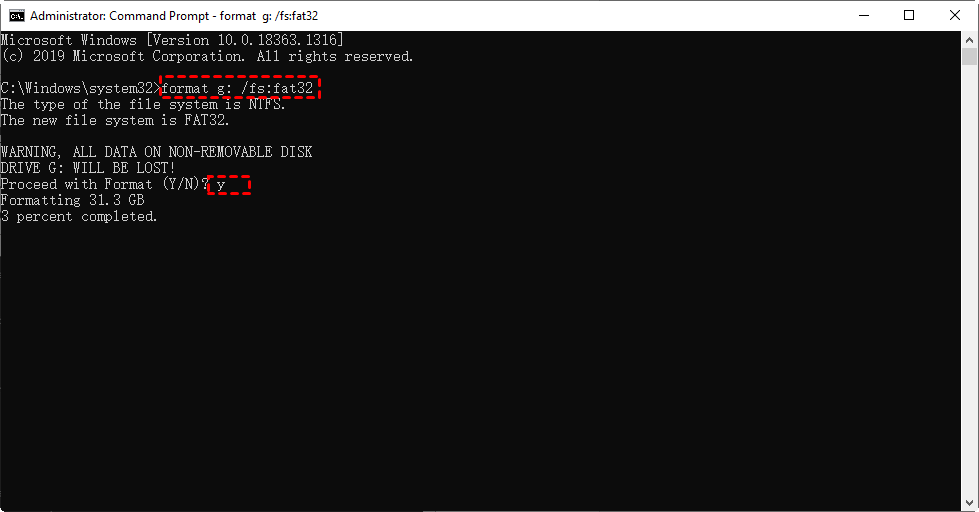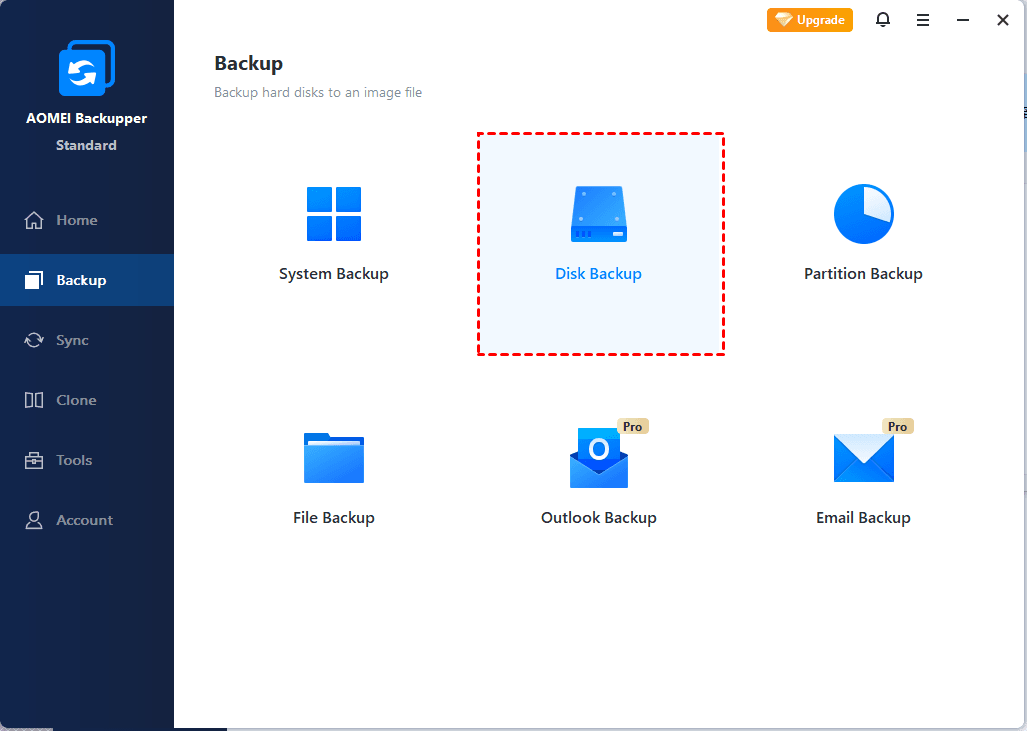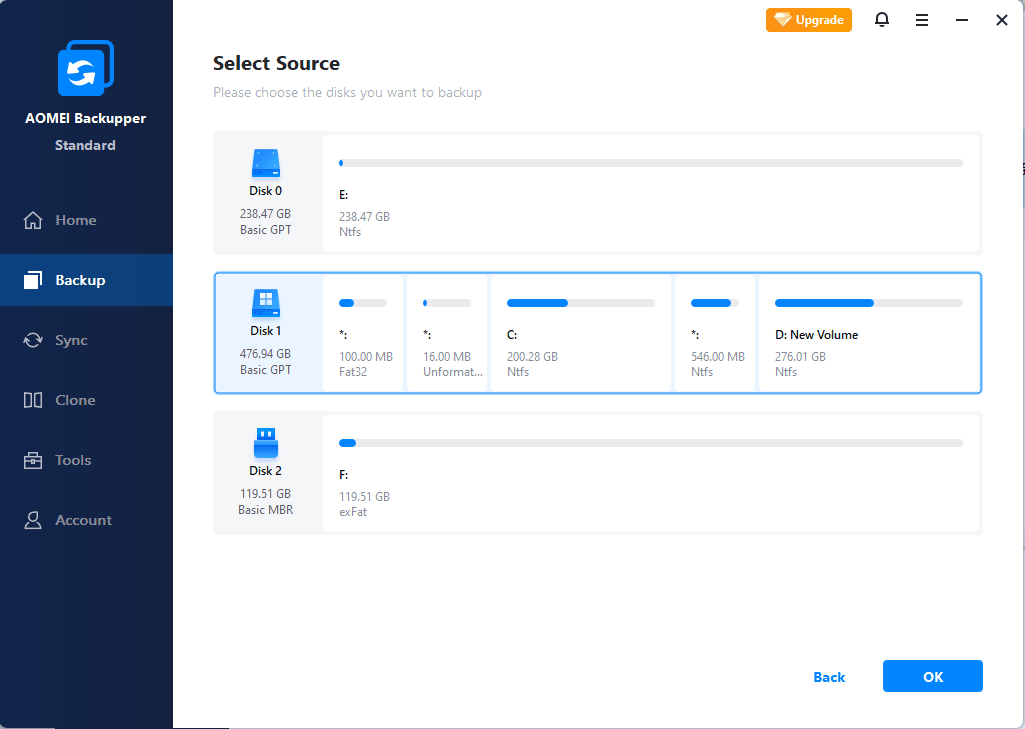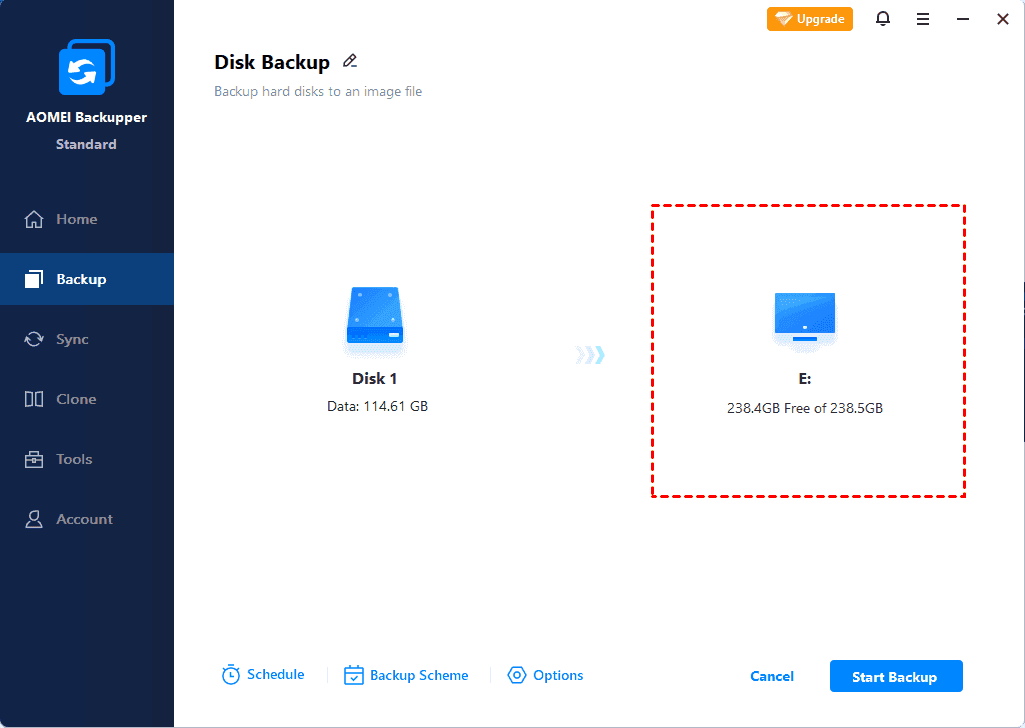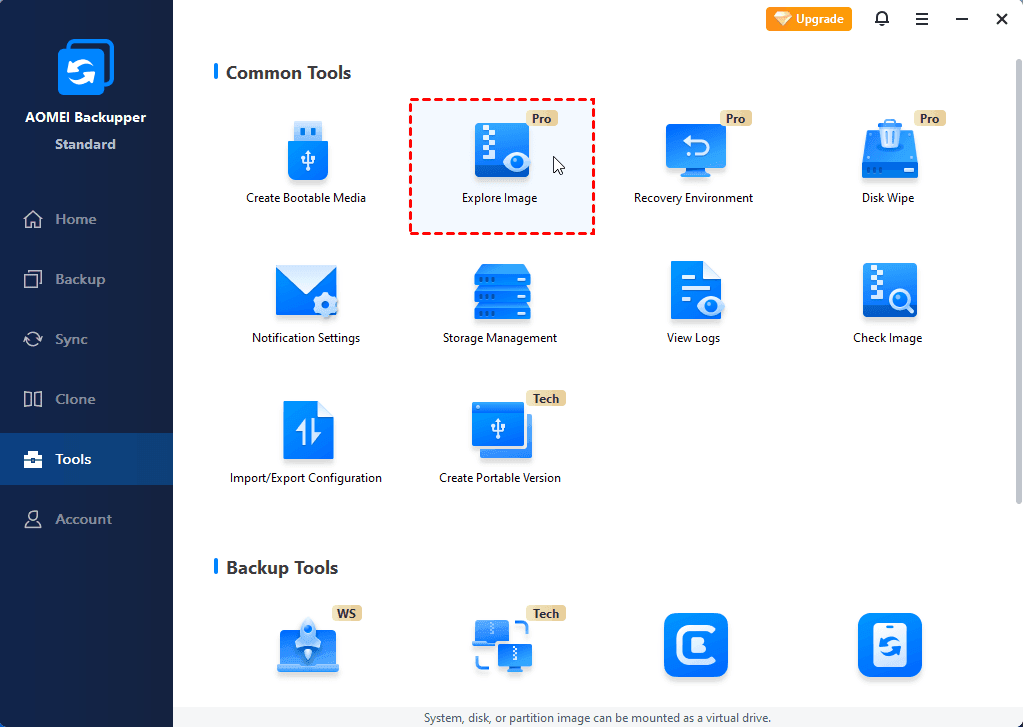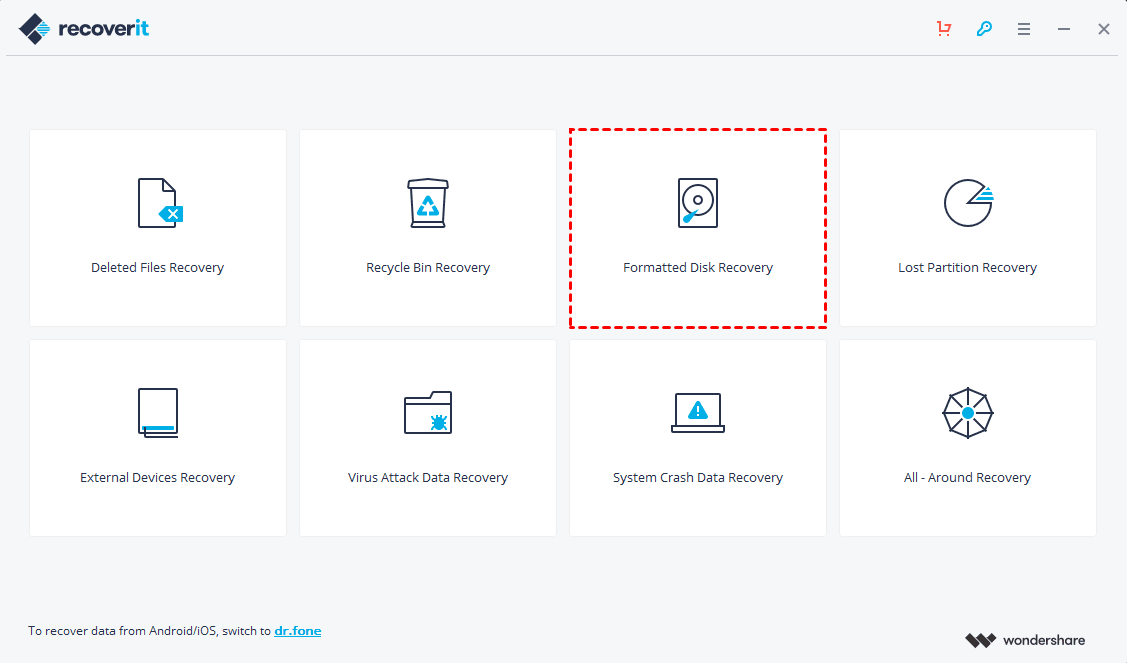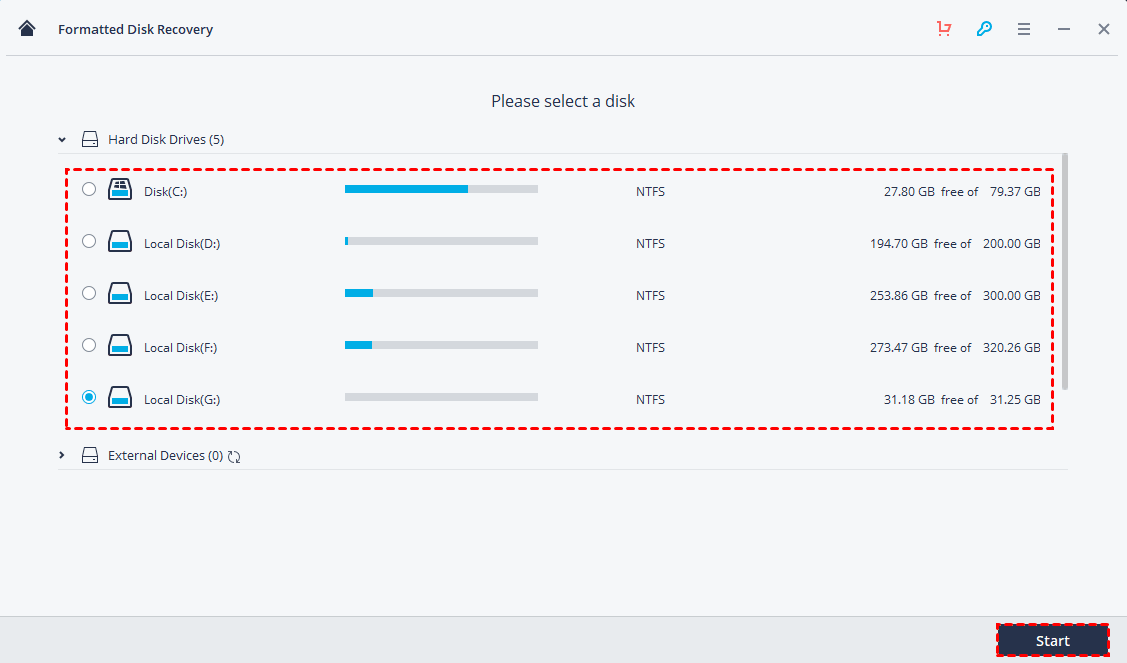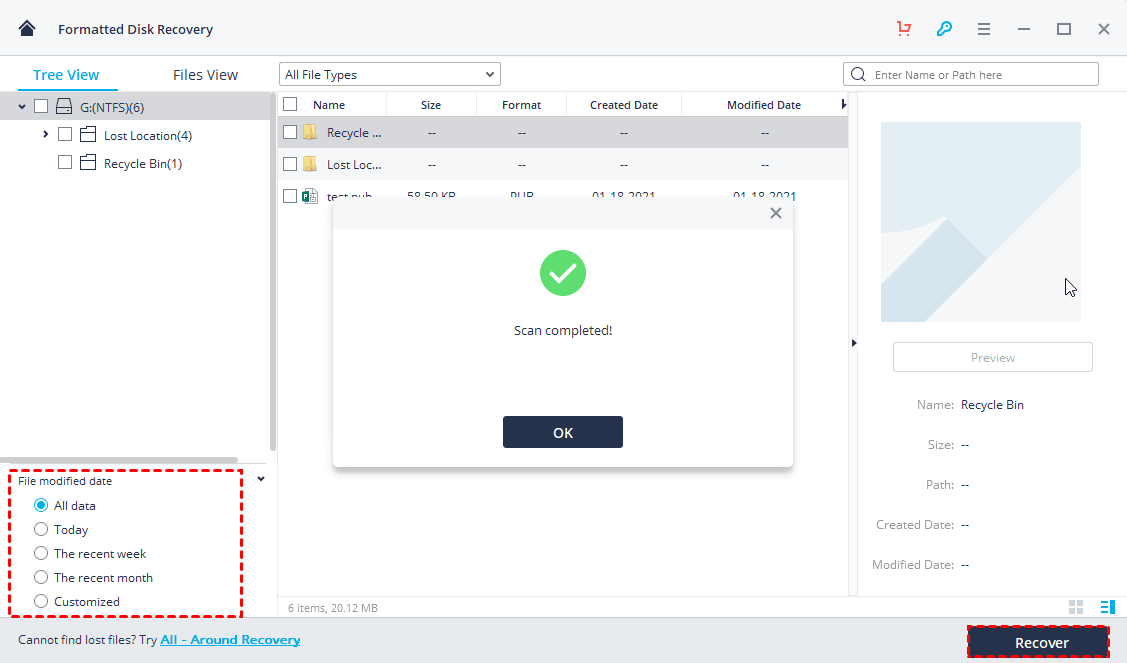How to Format Hard Drive without Losing Data | 2 Effective Ways
This article breaks down the process into simple steps to ensure a secure format while preserving your important files. From preparing backups to using the best tools, we’ll cover multiple solutions and answer common questions. This guide provides comprehensive methods and tips for safeguarding your data.
Why do you format a hard drive?
What is disk formatting? It means to erase all the data on a disk and set up a file system for data reading and writing.
>> For a brand-new hard drive, you need to partition and format it for initialization.
>> As for a used hard drive, you can format it to change file system, clean up system files, free up disk space, remove viruses and malware, etc.
As the process deletes everything on the disk, you may wonder how to format a hard drive without losing data. When it comes to formatting a hard drive, many users fear losing essential data in the process. However, by following the right steps, it’s possible to reformat your drive while ensuring that all files remain intact. This guide will outline how to format a hard drive without losing data, utilizing secure methods that prioritize data preservation.
Can you format a hard drive without losing data?
If you're formatting a new hard drive that hasn't been used, well, you have nothing to lose yet. But if you are trying to reformat an used hard drive or external hard drive, like converting NTFS to FAT32 or vice versa, your important files stored on the disk will be all deleted, which is quite frustrating. So, is there any way to reformat hard drive without losing data?
The truth is, if you simply want to change the file system from FAT32 to NTFS, then you can use the command line of “convert” instead of “format” and it won’t erase any data.
However, if you truly want to format the hard drive to solve more potential problems and improve your computer’s performance, then whether it's an HDD or an SSD, no matter whether you want to format FAT32 to NTFS on a local drive or convert NTFS to FAT32 on the external hard drive/USB drive, this operation will erase all the data on the disk.
In this case, you can try 2 different approaches to avoid data loss caused by formatting - one is to back up the hard drive in advance, the other is to retrieve the data afterward. Next is the guide to format hard drive, you can combine it with either Method 1 or Method 2 to avoid data loss.
Key Preparations Before Formatting
Before diving into the formatting process, several preparatory steps should be followed to guarantee data safety.
1. Backup Your Important Files
Data loss is a primary concern when formatting. To prevent any issues, always create backups.
- Use cloud storage: Platforms like Google Drive or Dropbox provide secure storage for critical files.
- External hard drives: Store a copy of your data on an external hard drive to ensure everything is safe.
- AOMEI Backupper: A professional backup software that ensures all your data is securely backed up before formatting begins.
2. Verify the Data Integrity
Before backing up, make sure no files are corrupt or damaged. This ensures you don’t carry over faulty data after formatting.
- Use tools like CHKDSK on Windows to scan for and repair file system errors.
- Ensure files are accessible and not locked or encrypted.
3. Choose the Correct Format Type
Different drives require different format types. Select the one that best suits your needs:
- NTFS: Best for Windows systems, offering security features and high compatibility.
- exFAT: A flexible format for external drives used across multiple platforms like Windows and Mac.
Tutorial: How to format a hard drive
There is more than one way to format a hard drive, you can either do it in File Explorer, Command Prompt or Disk Management. Whichever way you take, please note the following:
◉ You can’t format a drive larger than 32GB to FAT32. This file system is usually used on the USB drive.
◉ You can’t format a system drive (the partition with the system installed like C:).
◉ A “quick format” is much faster than full format, because it only deletes the file system journaling and won’t delete all these files completely. With this option checked, your lost data is more likely to be recovered. However, it will skip the error checking during formatting, thus the previous disk problems may not be thoroughly solved. Please make the choice according to your needs. If you choose to do a full format, it’s strongly recommended that you back up the disk first.
☛ Format a drive in File Explorer:
1. Open This PC and right-click the volume or the external hard drive to Format.
2. Choose the File system you want, and decide whether to do a Quick Format or not (here I’ll let it stay checked for easier data recovery), then hit Start.
☛ Format a drive in Disk Management:
1. Right-click Start button and choose Disk Management to open it.
2. Right-click the volume or external hard drive and choose Format in the menu.
3. Choose a File system and decide whether to Perform a quick format. Then click OK to execute it.
☛ Format FAT32 to NTFS or vice versa with the command line:
1. Search for “CMD” and select Command Prompt and choose Run as administrator.
2. If you simply want to change the file system from FAT32 to NTFS, use the command below to avoid data loss.
convert x: /fs:ntfs
Note: “x:” here refers to your drive letter. If you are required to enter the volume label as well, just type the drive name. For example, the full name of my drive is Local Disk (G:), then I can enter “local disk” here.
3. If you want to actually format the hard drive to get a fresh start and better performance, please use following command.
Format hard drive to NTFS: format x: /fs:ntfs
Format hard drive to FAT32: format x: /fs:fat32
Note: there will be a data loss warning, enter “y” to proceed. It performs a full format by default, if you want to do quick format, please add a parameter “/q”, and the command will be like “format x: /q /fs:fat32”.
How to avoid data loss caused by hard drive formatting
You can try the following 2 ways to avoid data loss caused by formatting or retrieve lost data after formatting. But please remember, backup in advance is always a more secure way to prevent data loss compared to other remedies.
Method 1. Backup hard drive to avoid data loss caused by formatting
In practical cases, you can use Backup and Restore in Windows 10/8/7 to backup before formatting. The path is:
Start > Update & Security > Backup > Go to Backup and Restore (Windows 7) > Set up backup
Follow the step-by-step guide to select what you want to back up and choose an external drive as the destination. However, the built-in Backup and Restore tool can sometimes be unreliable and inefficient, so I recommend using a different free backup software.
AOMEI Backupper Standard is a robust, user-friendly program compatible with all versions of Windows. Here are some key features:
★ You can back up files, folders, partitions, disks, and the system to various locations like internal/external drives, USB, NAS, and cloud.
★ It performs "intelligent backup," only saving used sectors and skipping unused or bad ones. This reduces the backup file size and time while avoiding restoration of any bad sectors.
★ The software provides flexible scheduling options, letting you set automatic backups that fit your data protection needs.
★ Incremental backup works with scheduled backups, saving only changed files, which helps conserve disk space.
After you’ve formatted the hard drive, you can also use this software for regular backup in case of an emergency. Just download this freeware to try it now! For server users, try the AOMEI Backupper Server.
How to format hard drive without losing data
-
Install AOMEI Backupper and backup your important files, partitions, or even the entire hard drive.
- Format partitions or external hard drives with the above-mentioned steps.
-
Restore your data to the formatted hard drive.
☛ Backup the hard drive:
1. Go to the Backup tab and choose the backup mode you want. For example, if you want to format an external hard drive without losing data, then choose Disk Backup.
2. Select the external hard drive as the source directory, and specify a destination path to store the image file.
You can also set up an automatic backup with Schedule Backup options to record the latest data on a regular basis. The Backup Scheme (available in advanced editions) can help you back up only changed files and delete older backups intelligently to save storage space.
3. Confirm the information and choose Start backup. Wait patiently till it’s complete.
☛ Restore data to the hard drive:
1. If you just want to restore individual files instead of the entire disk, it's better to use Explore Image in Tools tab. Run it and follow the wizard to choose the backup image you want to mount as a virtual drive.
2. Find the mounted virtual drive in File Explorer, now you can view the data included in the backup image and copy whatever you want to restore to the hard drive.
Tips:
◉ If you've just backed up some individual files and folders on the hard drive using File Backup, then you can go to the Restore tab and restore it directly.
◉ To back up and restore a hard drive without booting Windows, you can create a recovery environment with AOMEI Backupper. It is to add a boot menu on the current computer, without requiring any device.
Method 2. Retrieve lost data after formatting a hard drive
Before you format a hard drive due to disk errors or other issues, it's highly recommended that you back up the entire partition, disk, or at least your important files. This is the safest way to avoid data loss during the formatting process.
If you've already formatted the drive without a backup, you can try recovering lost files using a data recovery tool like Recoverit Pro.
How to retrieve data after formatting the hard drive
- Format the drive following the proper steps.
- Avoid saving new data to the formatted drive, as it may overwrite the old data and make recovery harder.
- Install and run Recoverit to scan and recover the lost files.
Retrieve lost data after formatting the hard drive:
1. Launch the software, and select Formatted Disk Recovery.
2. Select the drive or external hard drive you’ve just formatted, click Start to scan the lost data.
3. Wait till the progress reaches 100%. Select the data you want and click Recover to retrieve them back.
You can filter the detected data by modified date conveniently.
Frequently Asked Questions (FAQ)
Q 1: What happens if I don’t back up my data before formatting?
A 1: Formatting erases everything on the drive. Without a backup, you risk losing all your files permanently, which makes it essential to back up beforehand.
Q 2: What is the difference between quick format and full format?
A 2: A quick format only deletes file paths, making recovery easier, while a full format erases all data and checks for bad sectors, making it more thorough but slower.
Q 3: Which file system should I choose for my drive?
A 3: For Windows, NTFS is typically the best choice. For cross-platform use, exFAT is highly recommended for external drives, as it works with both Mac and Windows.
Tips for Formatting Without Data Loss
- Double-check backups: Always verify that your backups are accessible and functional before proceeding.
- Use professional tools: Rely on software like AOMEI Backupper for secure and reliable backups and formatting.
- Choose the right format: Ensure that the file system you choose matches your intended use for the drive, whether it's NTFS, exFAT, or another type.
Conclusion
No matter what your reason for formatting a local drive or external hard drive is - changing file system, improving computer performance, fixing corrupted files or disk failures, it’s difficult to format a hard drive without losing data. It may be a feasible remedy to retrieve lost files with recovery software, but the safest way is definitely to make a disk backup before formatting.
AOMEI Backupper is such a backup tool that provides rich options to protect your different levels of data. If you are suffering system failures, this software also helps you to reinstall Windows 10 without losing data, or if you are about to replace a new hard drive, you can use it to transfer OS to SSD without reinstalling.
